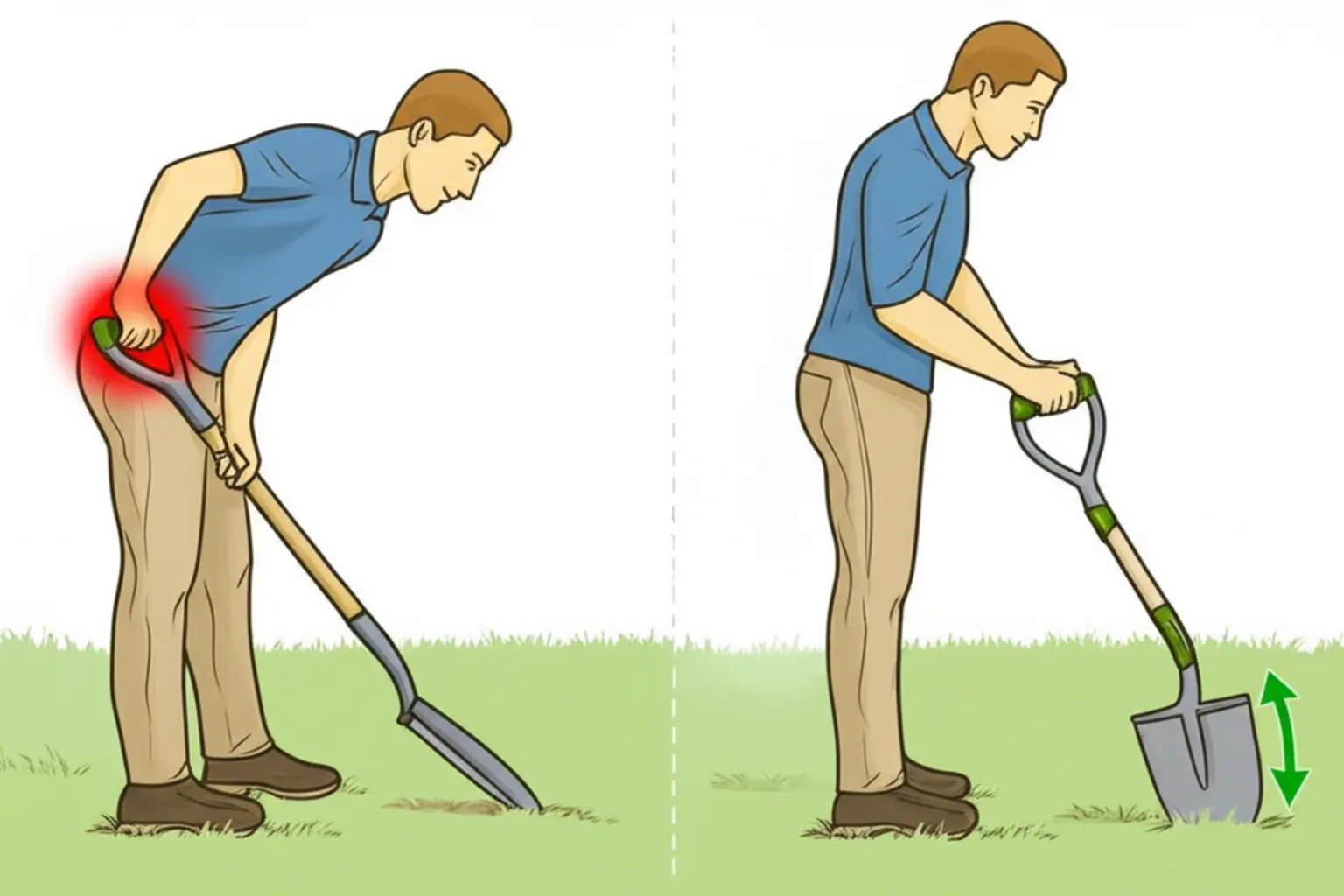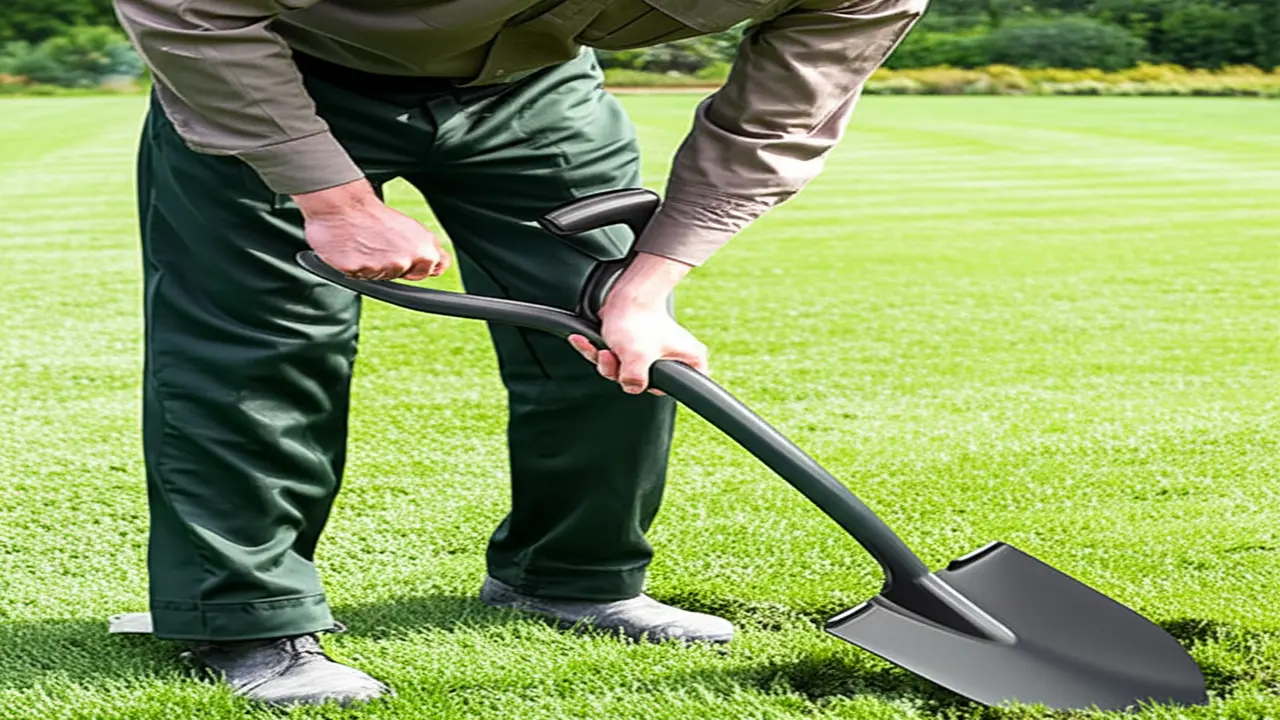
1. Understanding Garden Spade Ergonomics
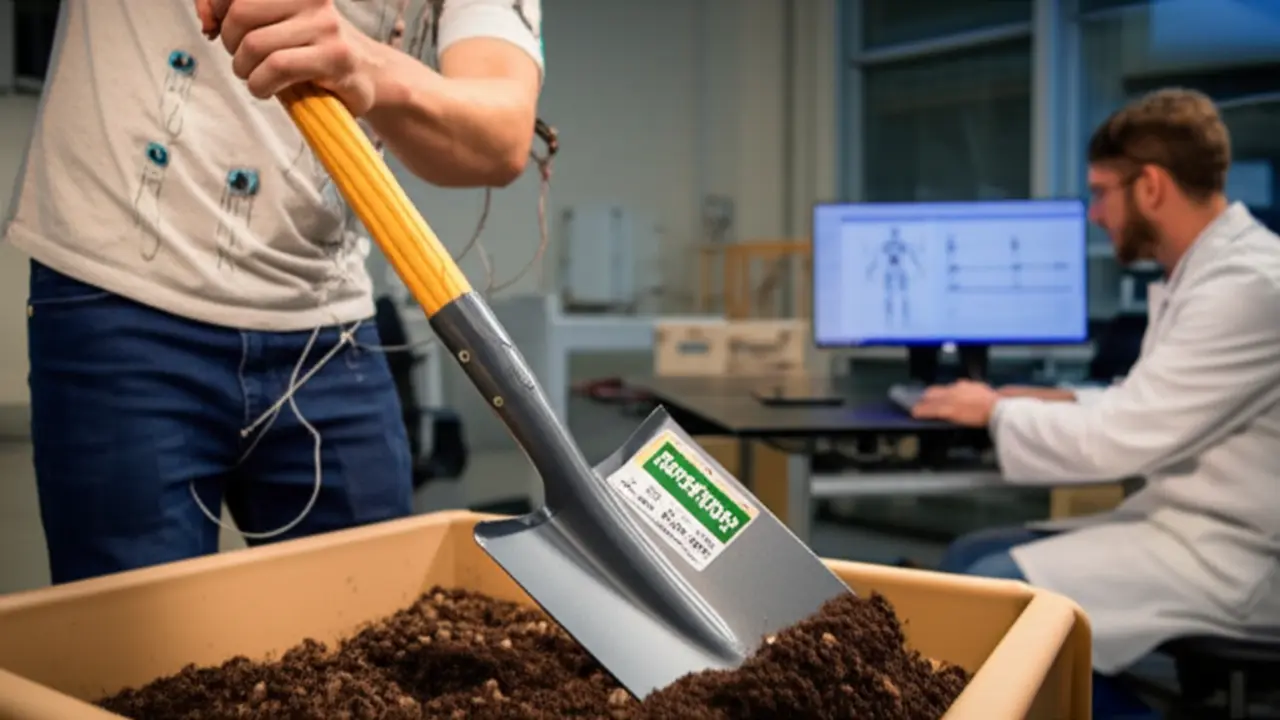
2. The Science Behind Spade Design: Ergonomic Studies
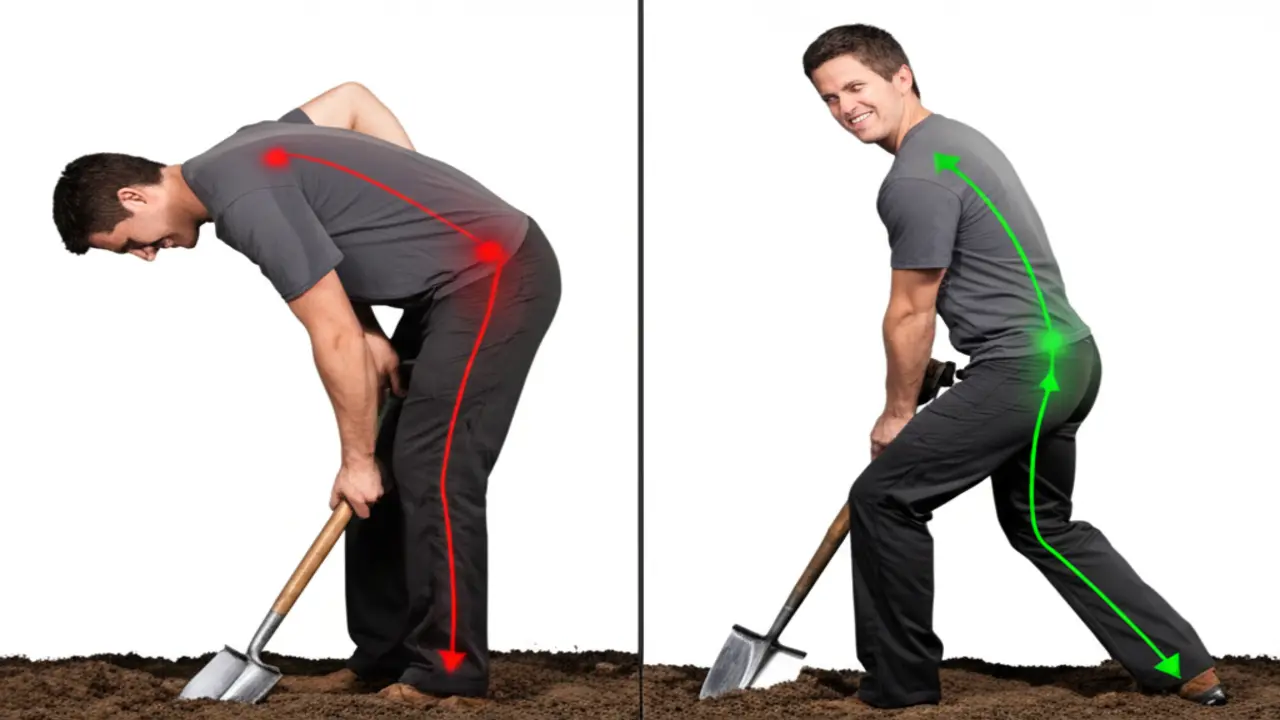
3. Impact on Body Mechanics and Injury Prevention
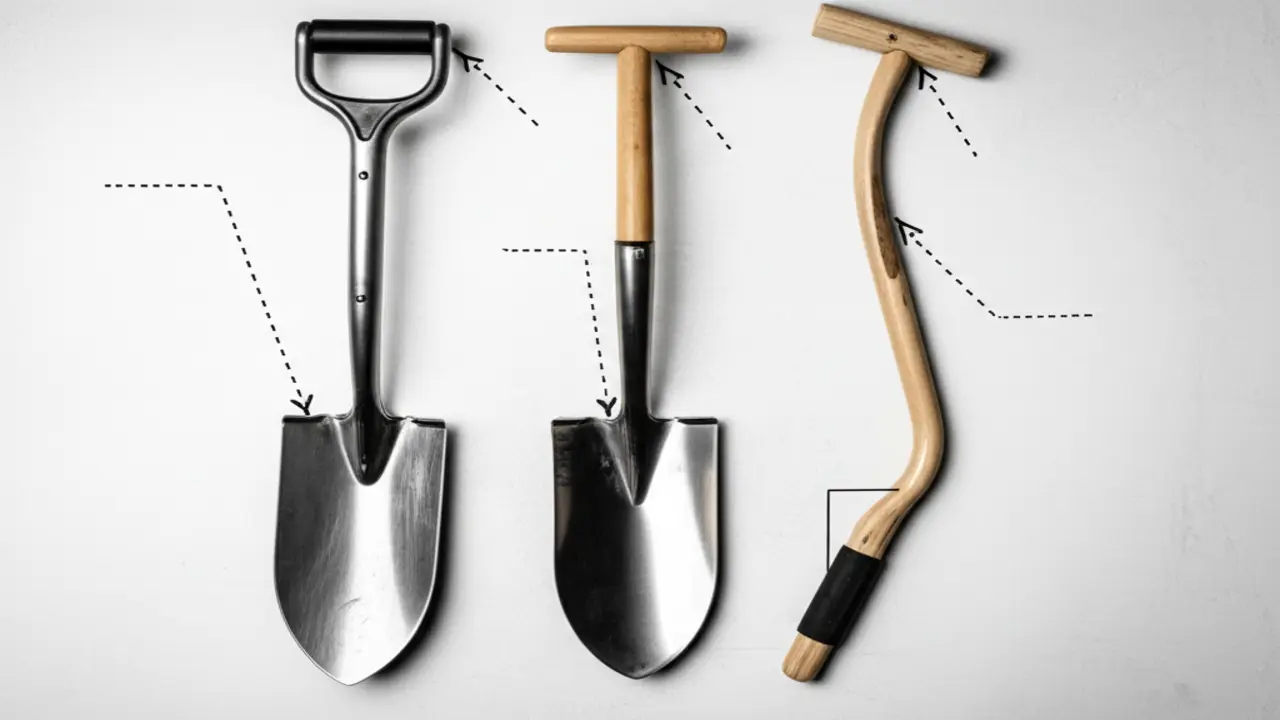
4. Identifying Ergonomically Optimized Garden Spades
Key ergonomic features to look for include:
* Handle Design: A D-handle or an oversized T-grip provides better control and reduces wrist strain compared to traditional straight handles.
* Shaft Length and Material: The shaft should be long enough to allow you to maintain an upright posture. Materials like fiberglass or carbon fiber offer excellent durability while absorbing more shock than wood.
* Blade and Footplate: A sharp, pointed blade made of forged steel penetrates soil easily. A wide, folded footplate offers a comfortable and secure platform, distributing pressure evenly across your boot and minimizing foot fatigue.
Traditional spades often have shorter, straight wooden handles and narrow footplates, forcing users into a stooped position and concentrating pressure on the foot. In contrast, ergonomic garden spades are engineered for a better user experience. They promote neutral wrist alignment and good posture, leading to significant safety improvements and productivity gains as you can work longer with less discomfort. This focus on body mechanics is the primary difference and a key takeaway for any serious gardener.
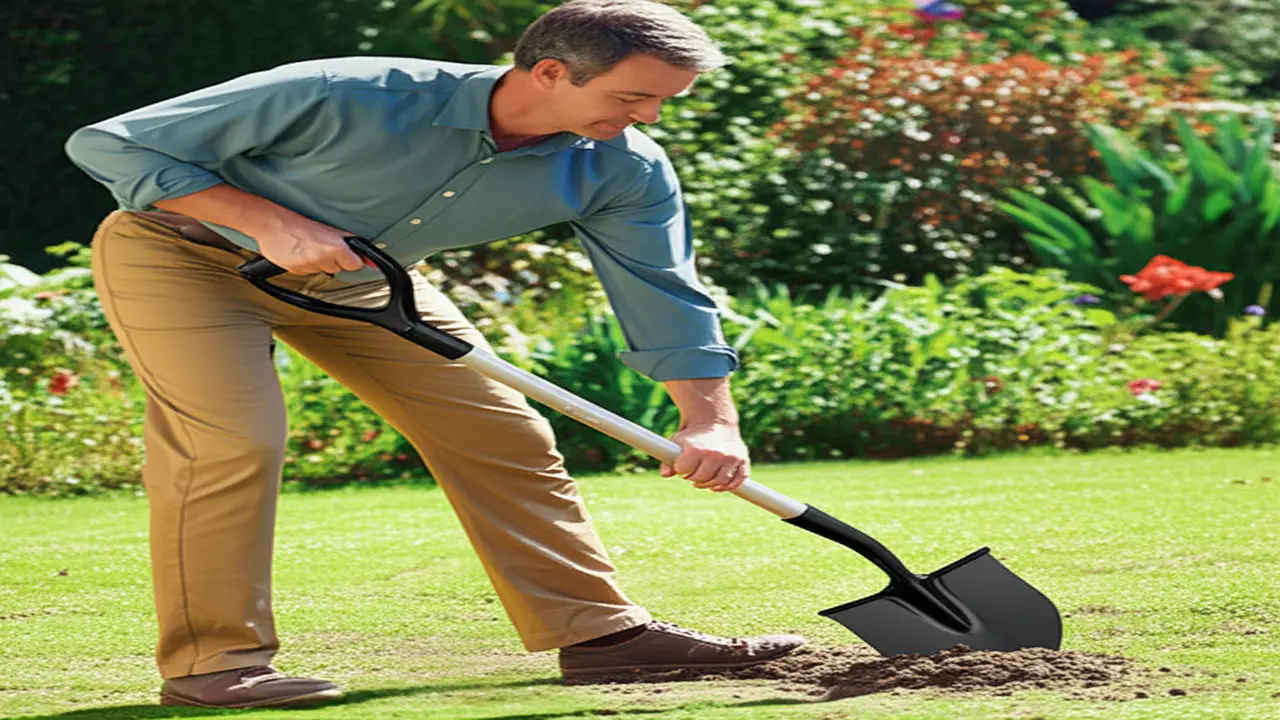
5. Practical Tips for Ergonomic Gardening
Beyond technique, you can modify existing tools for better ergonomics. Simple adjustments make a world of difference.
* Add padded grips or specialized tape to the shaft to improve handling and reduce vibration.
* Consider extending or shortening the handle to better suit your height, ensuring a more upright posture.
* For D-handle spades, wrapping the grip can provide extra cushioning for your hands during prolonged use. These small changes enhance comfort and efficiency, turning a standard tool into a more personalized, body-friendly instrument.

